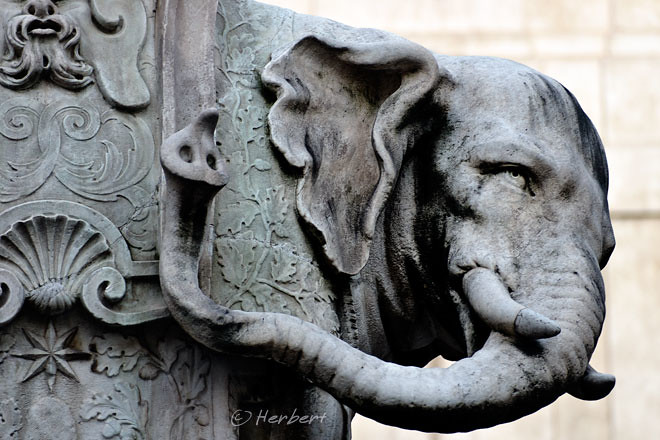
Location: San Saeb Jetty, Bangkok, Thailand (13° 44′ 49″ N, 100° 32′ 23″ E)
Date: 18 September 2011; 7.35pm
Camera: Canon 500D with Sigma 17-70/f2.8-4.5
Bangkok used to be known as “Venice of the East'” as it used to be filled with canals. Residents used to live on water while carrying on their daily activities by boats- and boats were the major mode of transportation. In the last 10 over years, many of these canals were filled to make way for new roads and buildings. However many of these old canals still remain on the Thornburi side of the Chao Phraya River. People still carry out their day-to-day life along these canals here- floating residences, postmen delivering mails and vendors hawking their wares on boats. Even monks do their alms rounds on boats- that’s also because many of the historically old temples are still situated along these canals. Back in the east bank of Chao Phraya (or “Bangkok proper”) the importance of canals had diminished but not disappeared. There are still many canals served by long boats. This is still an important mode of transport around the city as water transport beats the city’s notorious traffic jams.























